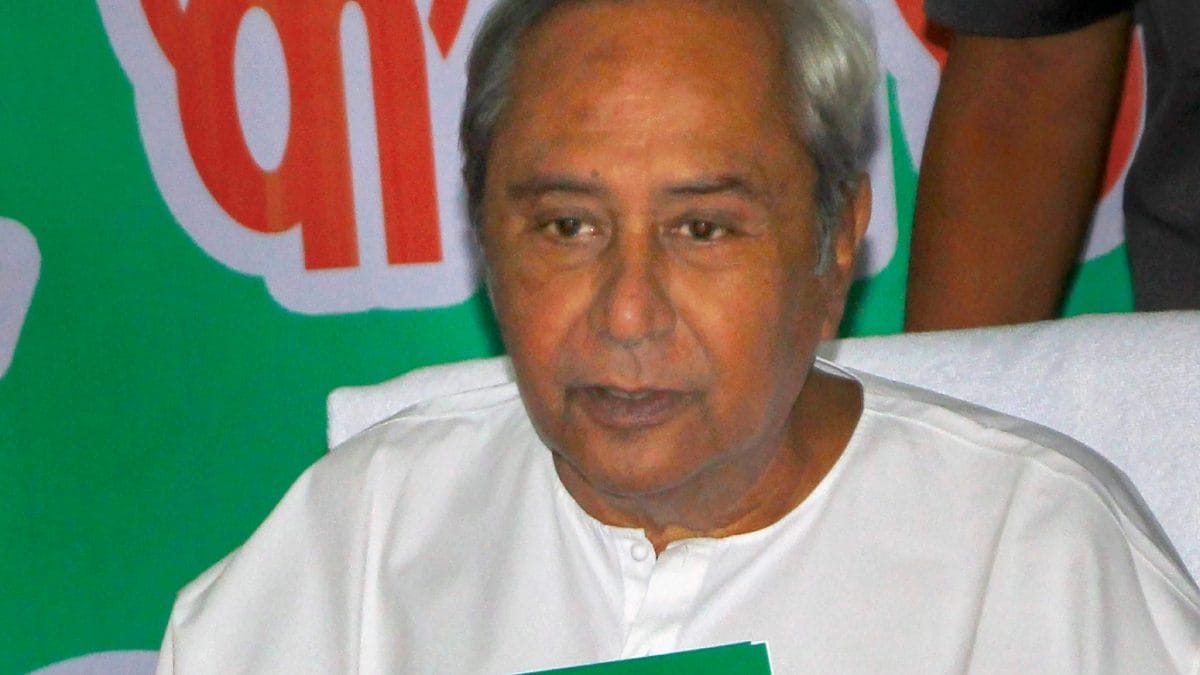The U.S. economy grew at an unexpectedly brisk 3.3 per cent annual pace from October through December as Americans showed a continued willingness to spend freely despite high interest rates and price levels that have frustrated many households.
Thursday’s report from the U.S. Commerce Department said the gross domestic product — the economy’s total output of goods and services — decelerated from its sizzling 4.9 per cent growth rate the previous quarter. But the latest figures still reflected the surprising durability of the world’s largest economy, marking the sixth straight quarter in which GDP has grown at an annual pace of 2 per cent or more.
Consumers, who account for about 70 per cent of the total U.S. economy, drove the fourth-quarter growth. Their spending expanded at a 2.8 per cent annual rate, for items ranging from clothing, furniture, recreational vehicles and other goods to services like hotels and restaurant meals.
The GDP report also showed that despite the robust pace of growth in the October to December quarter, inflation continued to ease in the United States. Consumer prices rose at a 1.7 per cent annual rate, down from 2.6 per cent in the third quarter. And excluding volatile food and energy prices, so-called core inflation came in at a 2 per cent annual rate.
The state of the economy is sure to weigh on people’s minds ahead of the November U.S. presidential elections. After an extended period of gloom, Americans are starting to feel somewhat better about inflation and the economy — a trend that could sustain consumer spending, fuel economic growth and potentially affect voters’ decisions. A measure of consumer sentiment by the University of Michigan, for example, has jumped in the past two months by the most since 1991.
U.S. inflation falling, economy expanding
There is growing optimism that the Federal Reserve is on track to deliver a rare “soft landing” — raising borrowing rates enough to cool growth, hiring and inflation yet not so much as to send the economy into a tailspin.
The economy has repeatedly defied predictions that the Fed’s aggressive interest rate hikes would trigger a recession. Far from collapsing last year, the U.S. economy accelerated — 2.5 per cent, up from 1.9 per cent in 2022.
“We continue to forecast an ongoing expansion in economic activity over coming quarters,″ said Rubeela Farooqi, chief U.S. economist at High Frequency Economics.
Eventually, she cautioned, higher borrowing rates may dampen consumer spending and gross domestic product. But she added that “there could be some upside to economic growth as the Fed starts to cut rates this year and financial and credit conditions ease.″
The economy’s outlook had looked far bleaker a year ago. As recently as April 2023, an economic model published by the Conference Board, a business group, had pegged the likelihood of a U.S. recession over the next 12 months at close to 99 per cent.
Prices still high, unemployment still low
Even as inflation in the United States has slowed significantly, overall prices remain nearly 17 per cent above where they were before the pandemic erupted three years ago.
The Fed began raising its benchmark rate in March 2022 in response to the resurgence in inflation that accompanied the economy’s recovery from the pandemic recession. By the time its hikes ended in July last year, the central bank had raised its influential rate from near zero to roughly 5.4 per cent, the highest level since 2001.
Canadians have been paying more for everything as prices surged during the pandemic. But as inflation eases, prices will remain high and some economists say that’s a good thing.
As the Fed’s rate hikes worked their way through the economy, year-over-year inflation slowed from 9.1 per cent in June 2022, the fastest rate in four decades, to 3.4 per cent as of last month. That marked a striking improvement but still leaves that inflation measure above the Fed’s 2 per cent target.
The progress so far has come at surprisingly little economic cost. Employers have added a healthy 225,000 jobs a month over the past year. And unemployment has remained below 4 per cent for 23 straight months, the longest such streak since the 1960s.





:quality(85):upscale()/2024/05/08/157/n/3019466/be4fc4e6663c3926c422d9.58616432_.jpg)

